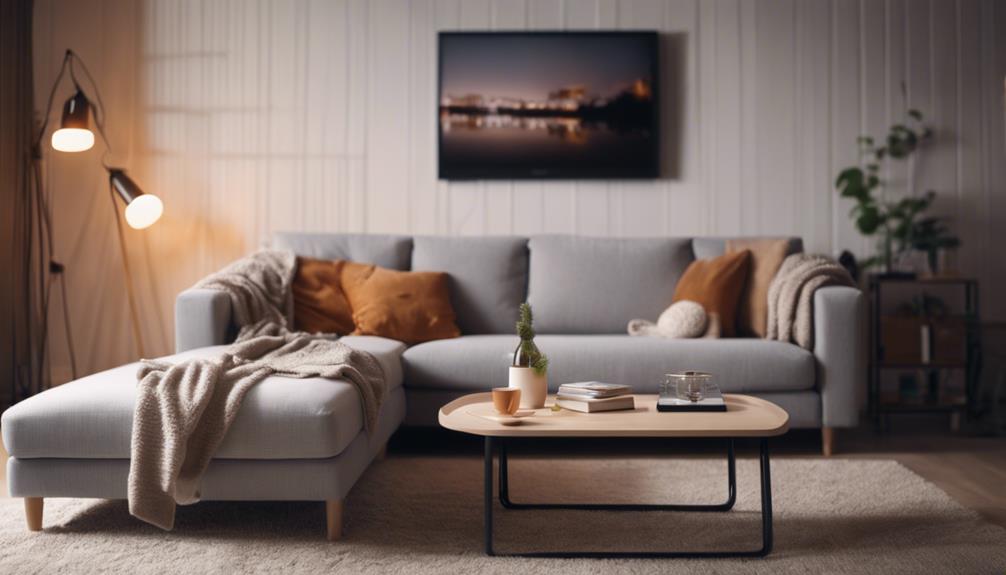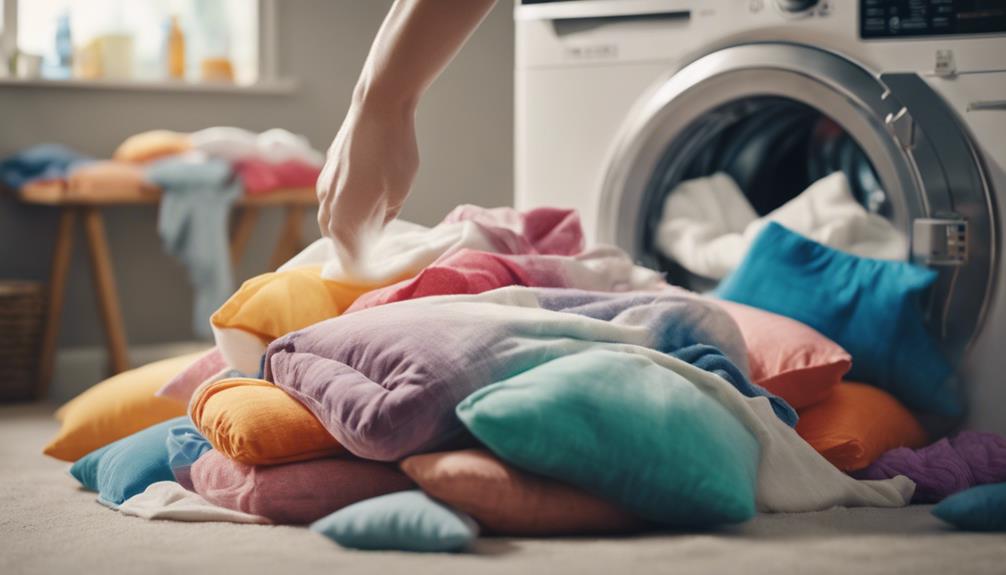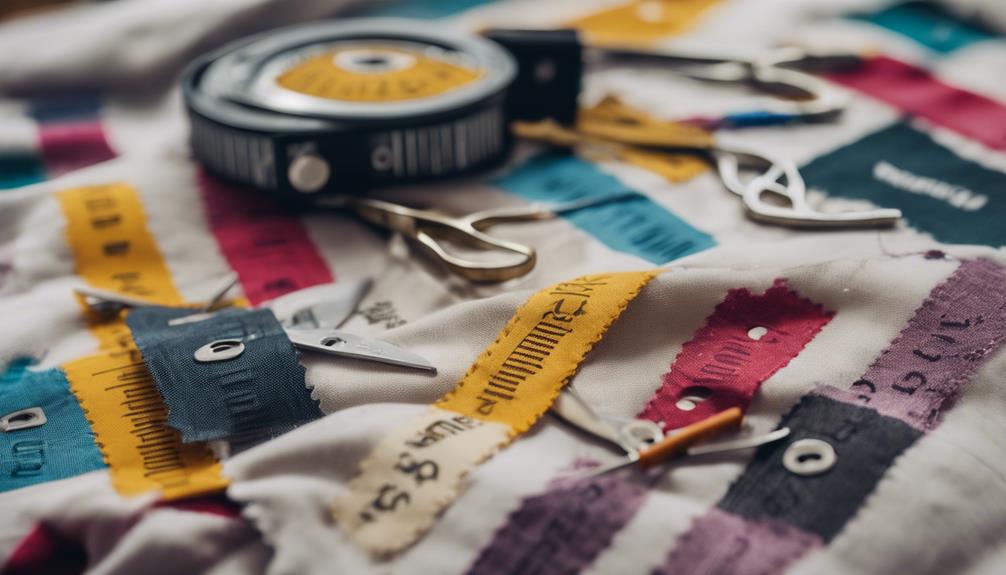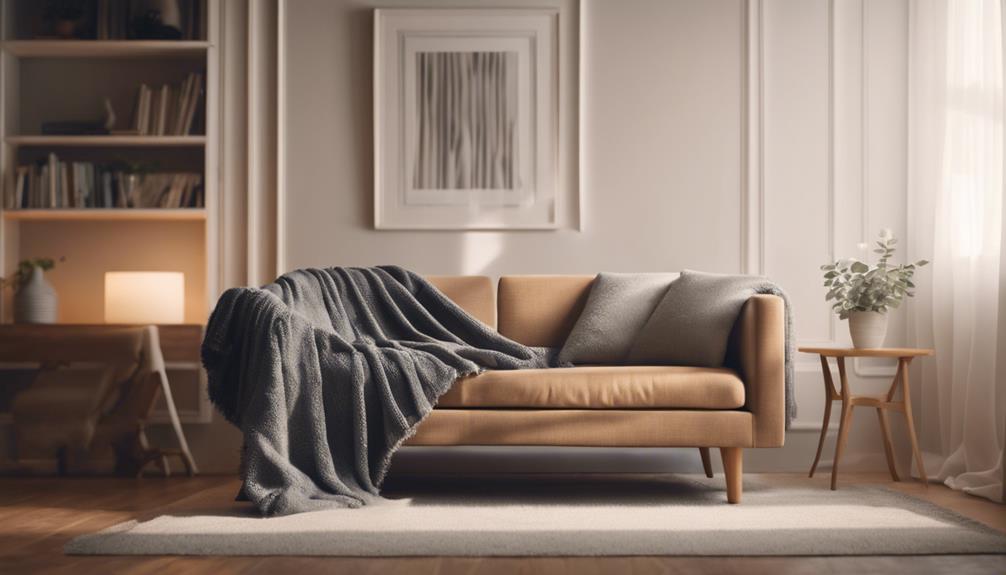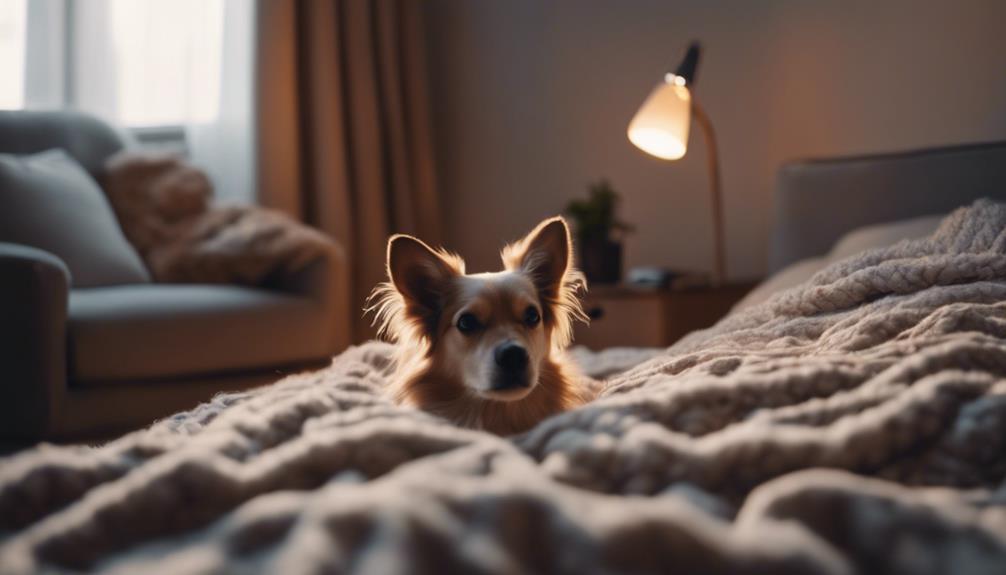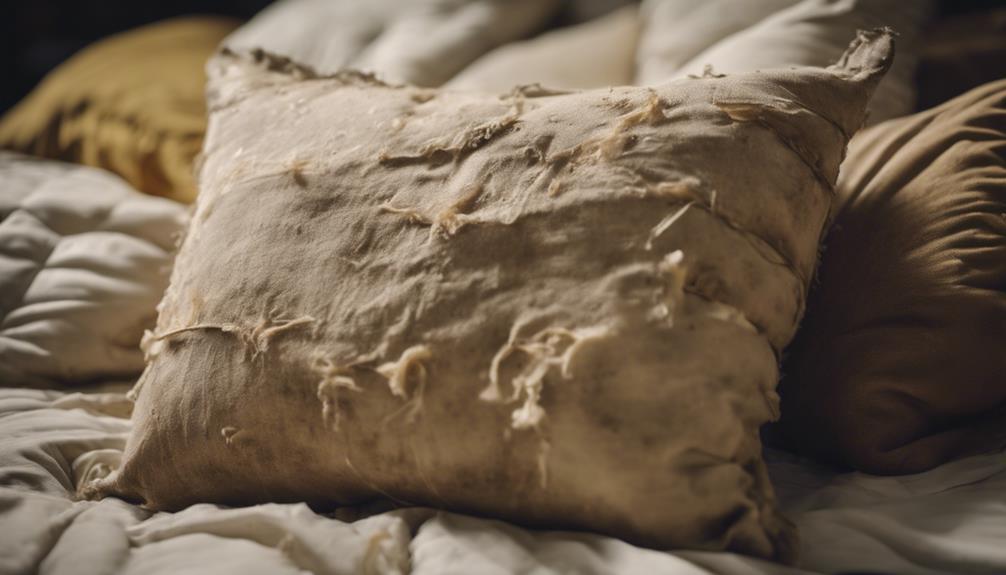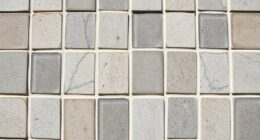Electric throws are a great option for adding warmth to your space while also being energy-efficient. They typically use around 100-150 watts of power, making them a cost-effective choice. By pre-warming the throw, you can reduce energy consumption, and adjusting the thermostat while using it can help save even more energy. Compared to traditional heaters, electric throws are designed for individual use and consume less power, ultimately leading to cost savings. Look for models with lower wattage, adjustable settings, and safety features like auto shut-off for added peace of mind. If you’re interested in learning more about energy-efficient heating solutions, there are additional details to explore.
Key Takeaways
- Electric throws consume 100-150 watts, efficient for localized warmth.
- Operating for 8 hours costs 11-15 cents, saving energy compared to traditional heaters.
- Monthly expenses range from $6 to $9, offering cost-effectiveness.
- Energy-efficient models control usage, optimizing efficiency.
- Consumption of 100-150 watts per hour, with potential for long-term energy savings.
Energy Efficiency of Electric Throws
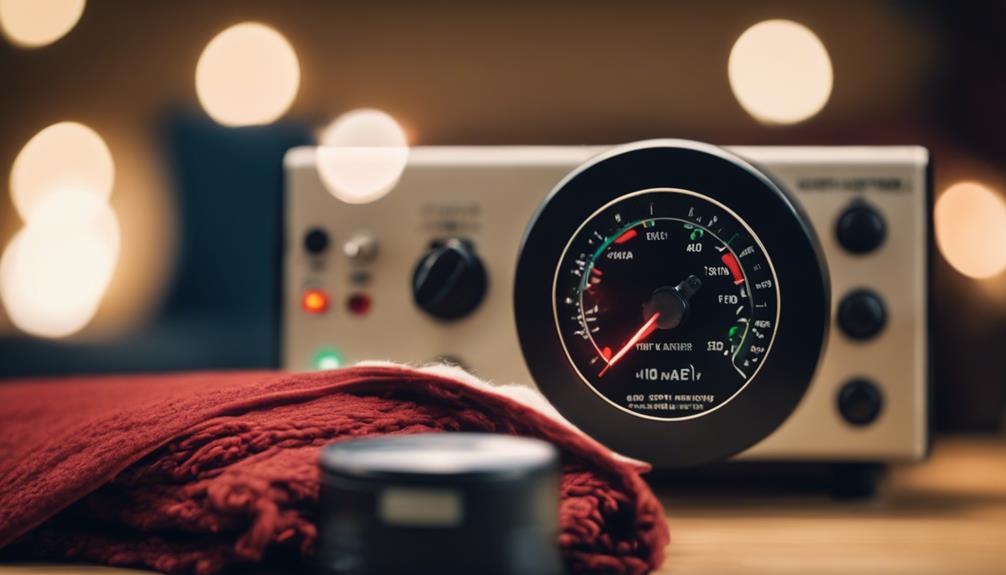
Electric throws, with their typical power consumption ranging from 100-150 watts, offer a particularly energy-efficient way to provide localized warmth. These throws are a smart choice for those looking to save energy and reduce their power bills. By using an electric throw to pre-warm before settling in, one can effectively manage electricity consumption and lower overall heating time. This targeted heating approach not only enhances comfort but also contributes to energy efficiency by avoiding the need to heat an entire room.
Furthermore, combining the use of an electric throw with a slight adjustment to the thermostat can lead to significant savings on energy bills. According to the Energy Saving Trust, even lowering the thermostat by just 1 degree can result in up to 10% energy savings. Utilizing electric throws in conjunction with minor thermostat adjustments presents a cost-effective method to enhance energy efficiency and reduce overall electricity consumption.
Wattage Consumption Comparison With Heaters
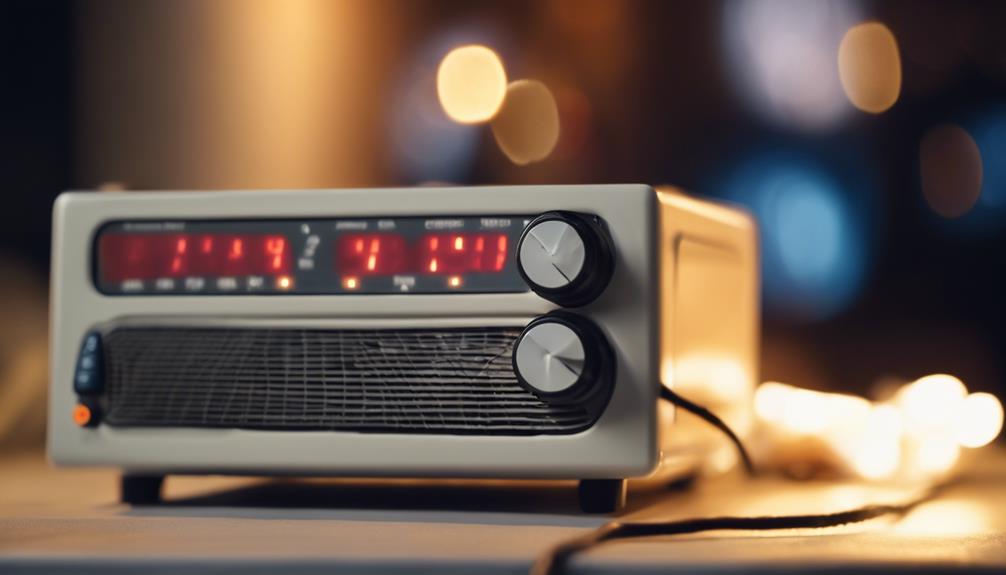
When comparing wattage consumption between heaters, it becomes evident that electric throws offer a more energy-efficient option than many traditional space heaters.
- Electric throws typically consume around 100-200 watts of power, which is notably lower than many space heaters.
- Using an electric throw for 8 hours a day can cost between 8-16 cents, depending on your electricity rate.
- Traditional heaters can consume 750-1500 watts, making electric throws a more energy-efficient choice.
- Electric throws are designed for individual use, providing localized warmth without the need to heat an entire room.
Choosing an electric throw with lower wattage can help reduce energy consumption while still keeping you warm and cozy. By opting for this energy-efficient option, you can enjoy the comfort of a heated blanket without significantly impacting your electricity bill.
Cost-Effectiveness of Operating Electric Throws

Electric throws offer an efficient way to stay warm while keeping costs down. By comparing energy consumption, monthly expenses, and long-term savings, we can make informed decisions about using electric throws.
Understanding the cost-effectiveness of operating electric throws can help us manage our energy usage and expenses effectively.
Energy Consumption Comparison
Comparing the energy consumption of electric throws against other heating devices reveals their cost-effectiveness in providing warmth while keeping electricity usage at a minimum.
- Electric throws typically consume 150-200 watts per hour, making them energy-efficient.
- Operating an electric throw for 8 hours daily costs only 11-15 cents in electricity, proving cost-effective.
- Energy-efficient models with adjustable settings help control electricity usage, reducing overall costs.
- Electric throws provide localized warmth, reducing the need for heating the entire room and potentially leading to energy savings.
Monthly Electricity Expenses
In examining the cost-effectiveness of operating electric throws, we explore the monthly electricity expenses incurred. Energy-efficient models with adjustable settings can help reduce electricity consumption, optimizing costs to run. By running an electric throw for 10 hours a day, the monthly expenses typically range from $6 to $9. Compared to other heating devices, electric throws prove to be a cost-effective option for maintaining warmth in your living space. Monitoring your usage patterns and adjusting the heat levels accordingly can further enhance the cost-effectiveness of using electric throws. Here is a breakdown of the estimated monthly expenses for operating an electric throw:
| Electricity Consumption (watts) | Hours of Use Per Day | Monthly Cost Range ($) |
|---|---|---|
| 200-300 | 10 | $6-9 |
Long-Term Cost Savings
Exploring the prolonged cost savings potential of operating electric throws reveals their sustained affordability over time. When considering the cost-effectiveness of electric throws, factors such as electricity consumption, energy-efficient models, and potential savings in electricity costs play an essential role in long-term financial benefits.
To maximize savings and efficiency, it's advisable to choose quality blankets with safety features and energy-efficient settings. By opting for energy-efficient models that consume around 70 watts per hour, users can experience reduced kilowatt-hour usage, resulting in significant savings on electricity bills.
Over time, the energy savings achieved through using electric throws can offset their initial purchase price, making them a cost-effective heating solution.
- Electricity Consumption: Energy-efficient models consume around 70 watts per hour.
- Cost-Effective Operation: Compared to other heating devices, electric throws offer potential savings in electricity costs.
- Quality Blankets: Choosing electric throws with safety features and energy-efficient settings enhances cost-effectiveness.
- Long-Term Savings: Operating electric throws for extended periods can lead to significant cost savings due to lower kilowatt-hour usage.
Kilowatt-Hour Usage Analysis
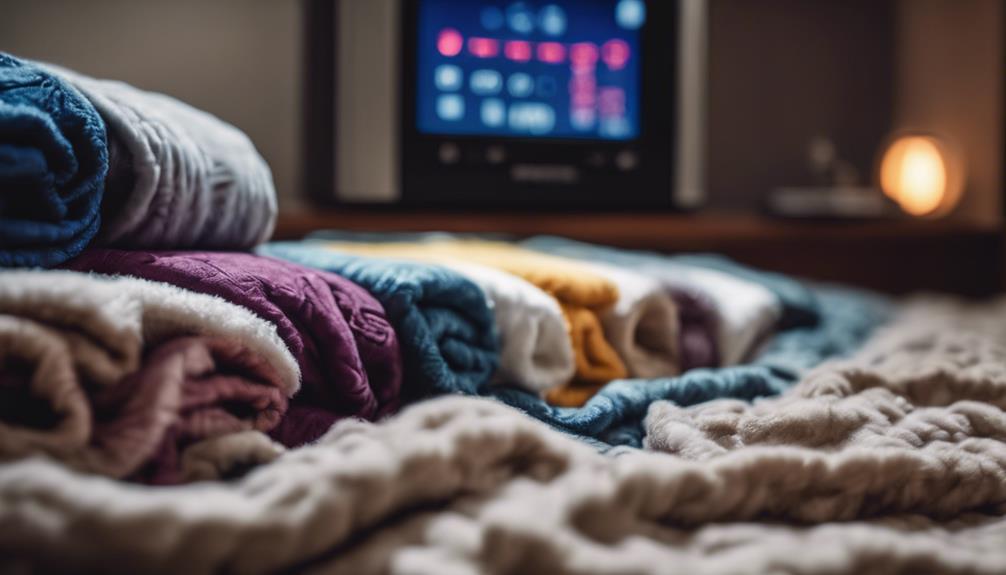
Analyzing kilowatt-hour usage for electric throws reveals their efficiency and cost-effectiveness in providing warmth. Electric throws typically consume 100-150 watts of power per hour, translating to a cost of 10-15 cents for a 10-hour usage period at 150 watts. Energy-efficient models with adjustable settings offer control over electricity consumption.
By monitoring usage patterns and adjusting heat settings, users can optimize energy usage further, ensuring that the electric throw operates at the desired level without unnecessary energy waste. These practices not only help in reducing electricity bills but also contribute to a more sustainable energy usage approach.
The ability to regulate power usage based on personal preferences and heating needs makes electric throws a practical and economical choice for individuals seeking localized warmth without incurring high electricity costs. The cost-effectiveness of electric throws in relation to their electricity consumption makes them a viable option for maintaining comfort during colder seasons.
Energy Savings Potential of Electric Throws
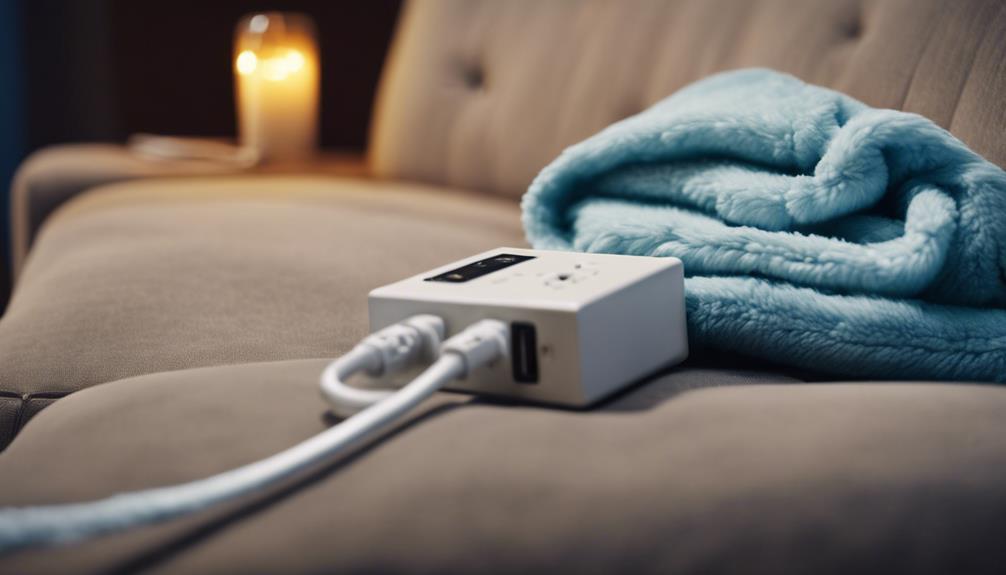
Electric throws offer significant energy savings potential by consuming around 100-150 watts per hour, making them an energy-efficient heating option.
Using an electric throw for 6 hours nightly for 4 months results in approximately 108 kWh/year consumption, showcasing their cost-effective nature.
Pre-warming an electric throw on a low setting can help distribute heat efficiently, reducing overall energy usage.
Energy Efficiency Benefits
By utilizing electric throws, one can greatly enhance energy efficiency in their home while enjoying personalized warmth and reducing overall heating costs. Electric throws offer numerous energy efficiency benefits, such as:
- Using less electricity compared to traditional heating methods.
- Providing localized warmth, allowing for a decrease in overall heating in the house.
- Pre-warming the electric throw on a low setting can help save energy.
- Lowering the thermostat and using an electric throw can lead to significant energy savings.
These energy-saving features make electric throws a practical and eco-friendly choice for staying warm while minimizing electricity consumption and heating expenses.
Cost Savings Analysis
To maximize cost savings through the energy efficiency of electric throws, one can strategically utilize their lower electricity consumption compared to traditional heating methods. Electric throws typically consume around 150 watts per hour, resulting in lower energy costs.
Using an electric throw for 8 hours a night at an average cost of 12 cents per kWh amounts to approximately 14 cents per night, making them a cost-effective heating option. Energy-saving features, such as programmable timers and auto shut-off, help optimize usage and reduce electricity consumption even further.
Factors Influencing Efficiency and Safety
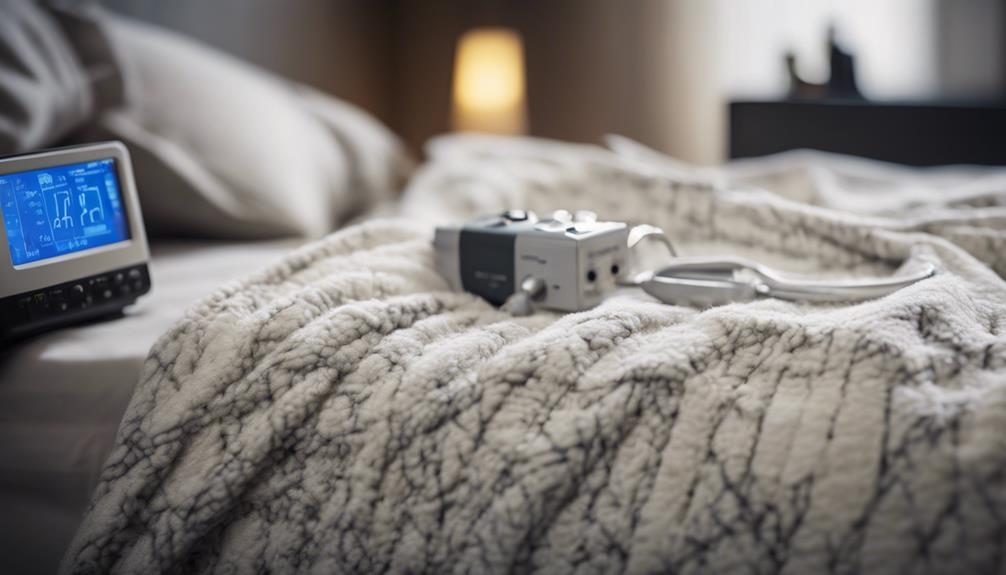
Are there specific measures that can enhance the efficiency and safety of electric throws?
When considering electric throws, factors such as electricity consumption, energy efficiency, safety features, usage duration, and insulation play significant roles in optimizing their performance.
To guarantee both efficiency and safety, consider the following:
- Proper Wattage and Usage Duration: Selecting an electric throw with an appropriate wattage for your needs and monitoring the duration of use can help manage electricity consumption effectively.
- Safety Features: Look for throws equipped with safety features like auto shut-off and temperature control to enhance energy efficiency and prevent overheating accidents.
- Insulation: Using the electric throw in a well-insulated room can help retain heat better, reducing overall energy consumption.
- Maintenance: Regularly cleaning the throw and ensuring it's free of damage can contribute to its top efficiency and longevity.
Considerations for Optimal Electric Throw Selection
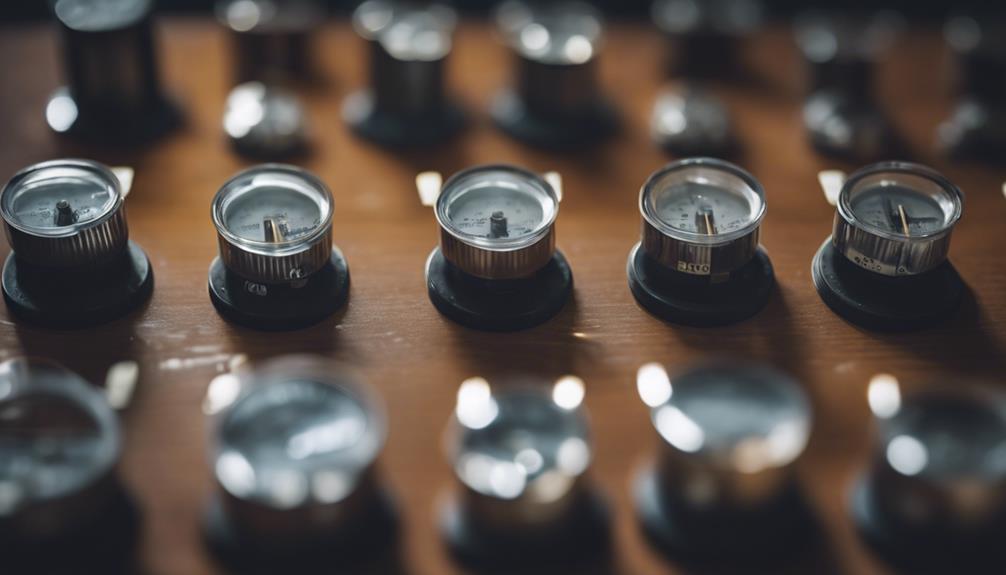
Considering the factors that influence efficiency and safety, selecting a suitable electric throw involves mindful choices to meet your specific needs and preferences. When looking for an electric blanket, it's wise to opt for one with lower wattage to minimize energy consumption, helping you save on electricity bills.
Energy-efficient models with adjustable heating settings allow for personalized comfort while being mindful of energy usage. Safety features like auto shut-off are essential in preventing overheating incidents, ensuring a worry-free experience.
To further save energy, consider pre-warming the electric throw on a low setting before use. Choosing a heated throw over central heating can also be a cost-effective way to stay warm during colder months.
Frequently Asked Questions
Do Electric Throws Use a Lot of Energy?
Electric throws don't consume a significant amount of energy, typically using 200-300 watts. Running one for 4 hours daily costs around 12-18 cents.
Opt for energy-efficient models with adjustable settings to reduce usage further. These throws provide localized warmth, saving energy compared to heating entire rooms.
Monitoring usage and selecting appropriate heat levels can effectively manage electricity consumption.
Do Electric Blankets Raise Your Electric Bill?
Electric blankets and electric throws are cost-effective bedding options. They consume around 100-150 watts, costing 15-30 cents for 10 hours, which only contributes a small percentage to your bill. Checking wattage and usage patterns helps manage their impact.
Despite their efficiency, electric throws are similar to electric blankets in keeping electricity usage low. Understanding their consumption can aid in budgeting and reducing energy costs.
Are Electric Throws Expensive to Run?
Electric throws aren't expensive to run. They typically consume 100-150 watts, costing around 2-3 cents per hour. Opting for energy-efficient models with adjustable settings helps manage electricity usage efficiently.
Compared to running a central heating system, using an electric throw can be a cost-effective way to heat a specific area. By monitoring usage patterns and selecting the right model, one can maximize the cost-effectiveness of electric throws.
How Much Power Does an Electric Throw Rug Use?
We'll explore the power consumption of electric throw rugs. They typically use 100-150 watts, offering efficient warmth. Using one reasonably results in low energy consumption.
For instance, a 150W electric throw rug running 6 hours nightly for 4 months totals about 108 kWh yearly. Compared to other heating devices, electric throws are cost-effective.
They provide a cozy and affordable way to stay warm during chilly times.
Does the Price of an Electric Throw Reflect Its Electricity Usage?
When considering the purchase of an electric throw, it is important to note that the electric throw price range may not necessarily reflect its electricity usage. Some higher-priced options may use more energy-efficient technology, while some lower-priced models may consume more electricity over time.
Conclusion
To sum up, electric throws offer a cozy and energy-efficient way to stay warm without breaking the bank. With their low wattage consumption and cost-effectiveness, they provide a comfortable and economical heating solution.
By considering factors like usage patterns and safety precautions, one can maximize the benefits of electric throws while minimizing energy usage.
So, snuggle up with your electric throw and enjoy the warmth without worrying about high electricity bills.
